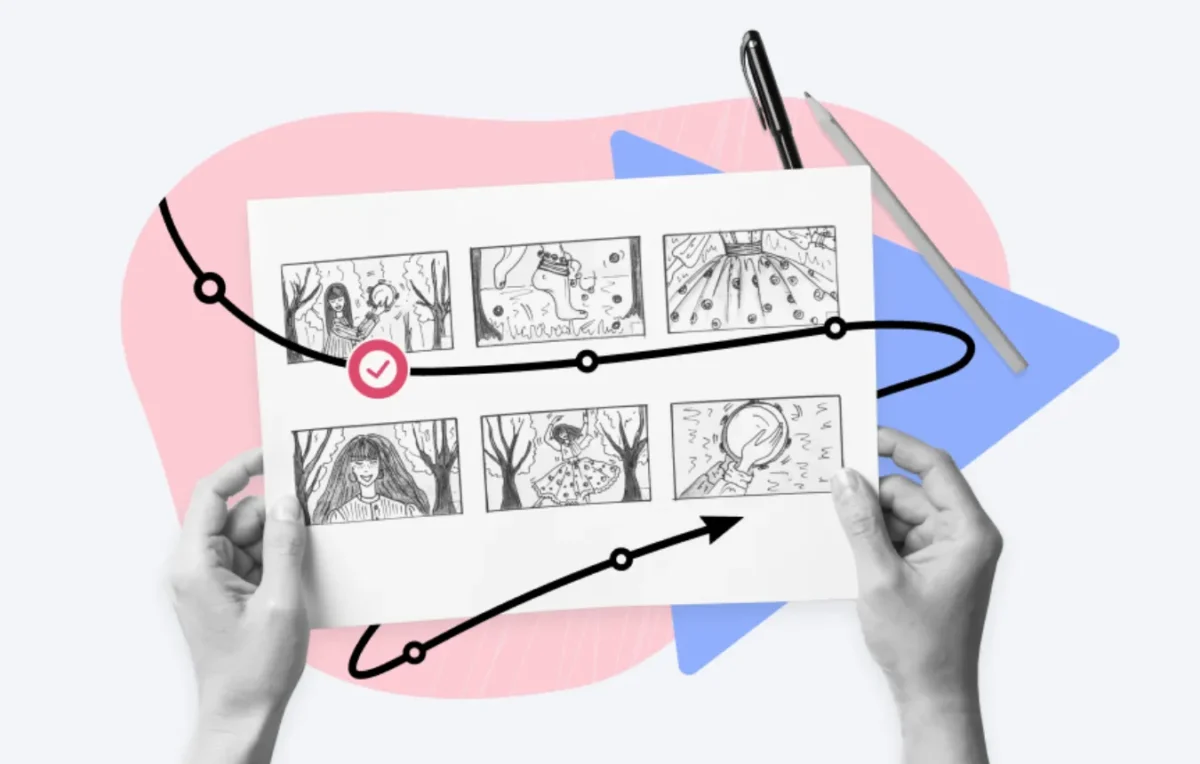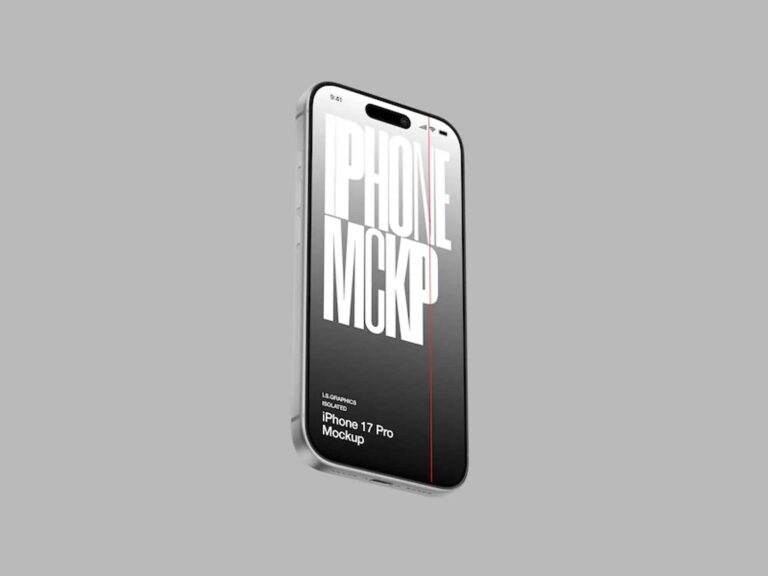As a storyboard artist and concept designer, I have spent years perfecting my craft and developing techniques for creating effective visual storytelling. In this article, I will share my tips and techniques for designing compelling storyboards and concept art.
Table of Contents
Understanding the Story
The first step in creating an effective storyboard or concept art is to understand the story you’re trying to tell. This includes the characters, setting, tone, and overall message. By understanding the story, you can create visuals that support and enhance the narrative.
To do this, I read the script multiple times, taking note of the key events, character arcs, and emotional beats. I also do research on the setting and time period to ensure that my visuals are accurate and authentic. By having a deep understanding of the story, I can create visuals that are true to the narrative and connect with the audience.
Creating Thumbnails and Sketches
Once I have a solid understanding of the story, I start creating thumbnails and sketches. There are many softwares also to create storyboards and one of my favorite is ‘storyboarder‘. This is an essential part of the design process, as it allows me to quickly experiment with different compositions, poses, and expressions.
When creating thumbnails, I keep the visuals simple and focus on capturing the essence of the scene. I use stick figures and rough shapes to create a rough layout of the composition. This allows me to quickly test different ideas and find the most effective composition.
Once I have a rough layout, I start refining the sketches, adding more details and polish. I experiment with different poses, expressions, and camera angles until I find the right combination that captures the mood and tone of the scene.
Balancing Composition and Narrative
The composition is an essential part of the storyboard or concept art, as it helps to convey the narrative and emotion of the scene. When designing a composition, I consider the balance between visual appeal and narrative clarity.
I start by creating a strong focal point, which is the central element that draws the viewer’s attention. This can be a character, object, or action, depending on the scene. I then use composition techniques such as rule of thirds, leading lines, and framing to guide the viewer’s attention and create a sense of depth and dimension.
However, it’s important not to sacrifice the narrative for the sake of the composition. The composition should enhance and support the story, not detract from it. I always consider the narrative first and then design the composition around it.
Using Color and Light to Create Mood
Color and light are powerful tools that can be used to create mood and emotion in storyboards and concept art. By understanding how to use color and light effectively, you can create visuals that evoke a particular feeling or atmosphere.
When using color, I consider the mood and tone of the scene. Warm colors such as red, orange, and yellow can create a sense of warmth and comfort, while cool colors such as blue and green can create a sense of calmness and serenity. I also consider the color palette of the overall project and ensure that my visuals are consistent with the established color scheme.
Light is another essential tool for creating mood and atmosphere. I use light to highlight key elements and create depth and dimension in my visuals. By experimenting with different lighting scenarios, I can create a sense of mood and emotion that supports the narrative.
Incorporating Feedback and Iteration
Finally, it’s important to incorporate feedback and iteration into the design process. Feedback from directors, producers, and fellow designers can help improve the overall quality of the visuals and ensure that they are effective in telling the story.
When receiving feedback, I approach it with an open mind and consider how I can use it to improve the visuals. I make sure to ask questions to clarify any confusion and ensure that I fully understand the feedback before making any changes.
Once I have incorporated the feedback, I go through another round of iteration and refinement. I test different ideas, compositions, and color schemes until I find the most effective solution.
By incorporating feedback and iteration into the design process, I can create visuals that are effective in telling the story and engaging the audience.
Conclusion
Designing effective storyboards and concept art is an essential part of the visual storytelling process. By understanding the story, creating thumbnails and sketches, balancing composition and narrative, using color and light, and incorporating feedback and iteration, designers can create visuals that are compelling, engaging, and effective in conveying the narrative.

As a designer, I have found that the key to creating effective storyboards and concept art is to stay true to the story and to constantly experiment and refine my ideas. With practice, dedication, and a willingness to learn and grow, anyone can master the art of designing effective visuals and bring their stories to life.



